Three Positive Outcomes from our B3 Benchmark Process
As an advisor who engages Plan Sponsors as a Co-fiduciary, in our Annual Service Plan, we commit to “benchmarking” the current plan every three to five years. There are three intended positive outcomes to our process.
First, the incumbent provider needs to be challenged that the fees they are charging are “reasonable” and “at market”. The only real way to get that answer is to conduct our B3 Benchmark Analysis which measures the Fees, Investments and Services of the provider against alternative providers. These are not “averages” or similar size plan measurements—this literally has competing providers “bid” for the business and reveals the market competitiveness. Doesn’t a Plan Sponsor want to know what the competition would charge for the same services? This B3 is a necessary fiduciary exercise which supports the Department of Labors’ challenge for a Sponsor to know that their fees are “reasonable”.
Second, there is continuous “fee compression” in the market which means that a bidding provider will likely charge LESS for new business than for a similar retention case. There is little chance that a provider would come forth and offer lower pricing without competitive pressure. Our B3 clearly reveals how the competition will price a new case and puts the Plan Sponsor in a strong position to know where they stand currently. Equipped with this knowledge, the Sponsor knows whether to consider a change in provider.
Third, as our client’s advisor, we can negotiate with the incumbent to lower the fees and stay with the current provider. This B3 process exhibits “pressure” which causes the current provider to reduce fees or risk losing the business. We have found in 95% of our cases that the fees are reduced and then the client can decide whether lower costs are worth staying or if an alternate is more attractive from a full platform solution. In every case, the Sponsor has achieved improvement measured several times the cost of the B3 Benchmark and the savings are annual and continuous.
Case Study
A Philadelphia based hospital sponsored a 403(b) Plan for their employees. There were two Annuity options offered, one from VALIC and one from Mass Mutual. The plans had been in place for years and the current investment committee had not evaluated either platform for competitiveness. Employees could elect either annuity and some had changed and were participating in both.
The annuity arrangement was restrictive and high overall fees. The participants paid all the fees in the form of high expense ratios within the limited investment choices.
Wealth Advisory Group was engaged to conduct our B3 Benchmark Analysis.
Outcomes:
The two current Providers were compared to the “market” and found to be expensive and restrictive. Both VALIC and Mass Mutual, being insurance companies, offered “old style” annuities rather than “open mutual fund platforms”.
- VALIC provided a helpful client representative that met one-on-one with participants to help them enroll in their proprietary annuity. This was valued by the HR team. Mass Mutual was weak on this service area.
- Most of the assets are in the VALIC Annuity Contract ($10mm)- limited choices and higher fees but with an attractive Fixed Account (4%) which is attractive for nearing retirement. Mass Mutual had $1mm.
- WAG charges $12,000 for the Benchmark Study– $6,000 up front and $6,000 upon completion and 2nd installment is waived if we are retained as the ongoing advisor.
- Deliverables:
- 80 Page Analysis- Current Plan Costs versus 5 prospective Providers and their Costs. Both incumbents were much higher than Bidding Providers.
- Negotiated with VALIC to offer an Open Source Mutual Fund Platform at half the cost to their Annuity Program.
- Negotiated the elimination of any surrender charges to be applied if the employee moved from Annuity to the Mutual Fund Platform.
- Negotiated a new Vanguard Platform with low FIXED COSTS to replace Mass Mutual and any employee can move to Vanguard, including those in the VALIC Annuity. This was a big concession from VALIC to allow a second provider and allow movement to Vanguard giving the employee maximum flexibility.
- Adopted new plan provisions to allow the “Rollover of Loans” INTO the WEH Plans since Wills Eye is acquiring a practice already on the Vanguard Platform and participants have loans outstanding—they do not have to repay or default.
- Wealth Advisory Group was hired as the ongoing Co-fiduciary Advisor for Wills Eye overseeing both VALIC and Vanguard plans. Negotiated a FIXED Flat Fee PAID Sponsor rather than borne by participants. WAG handles both menus and has made the investments identical so that the name and platform would be to focus for employees.
Hospital 403(b) is now modernized with top platform choices, and excellent low-cost investments, fees paid by the Plan Sponsor and two quality providers.

